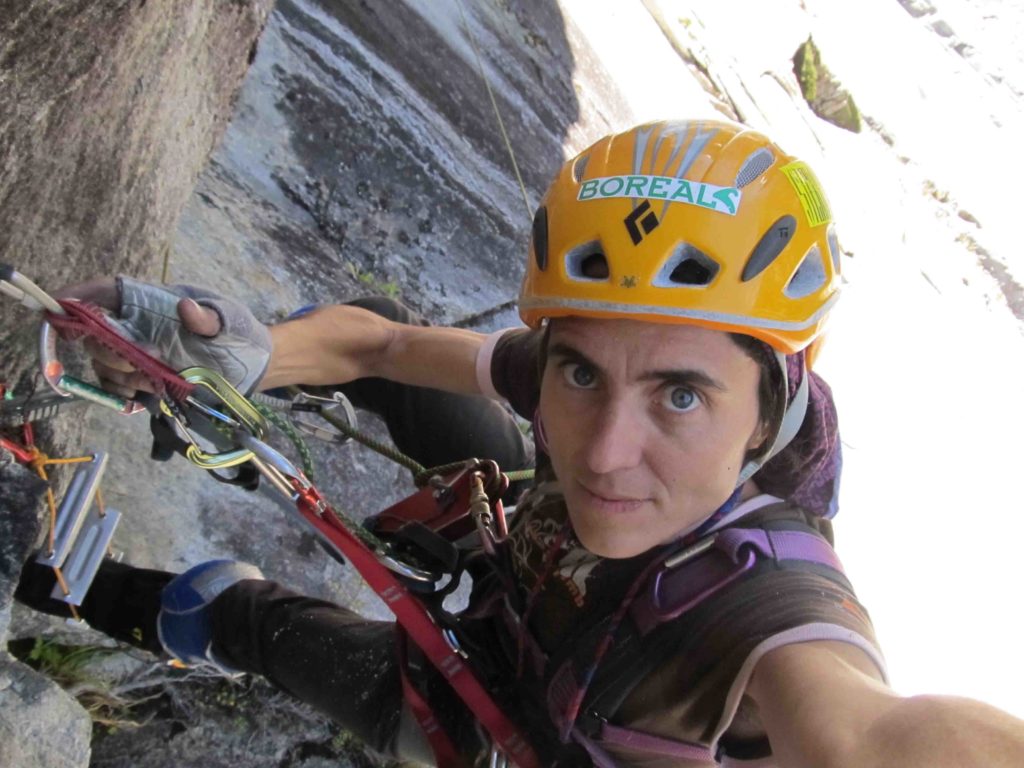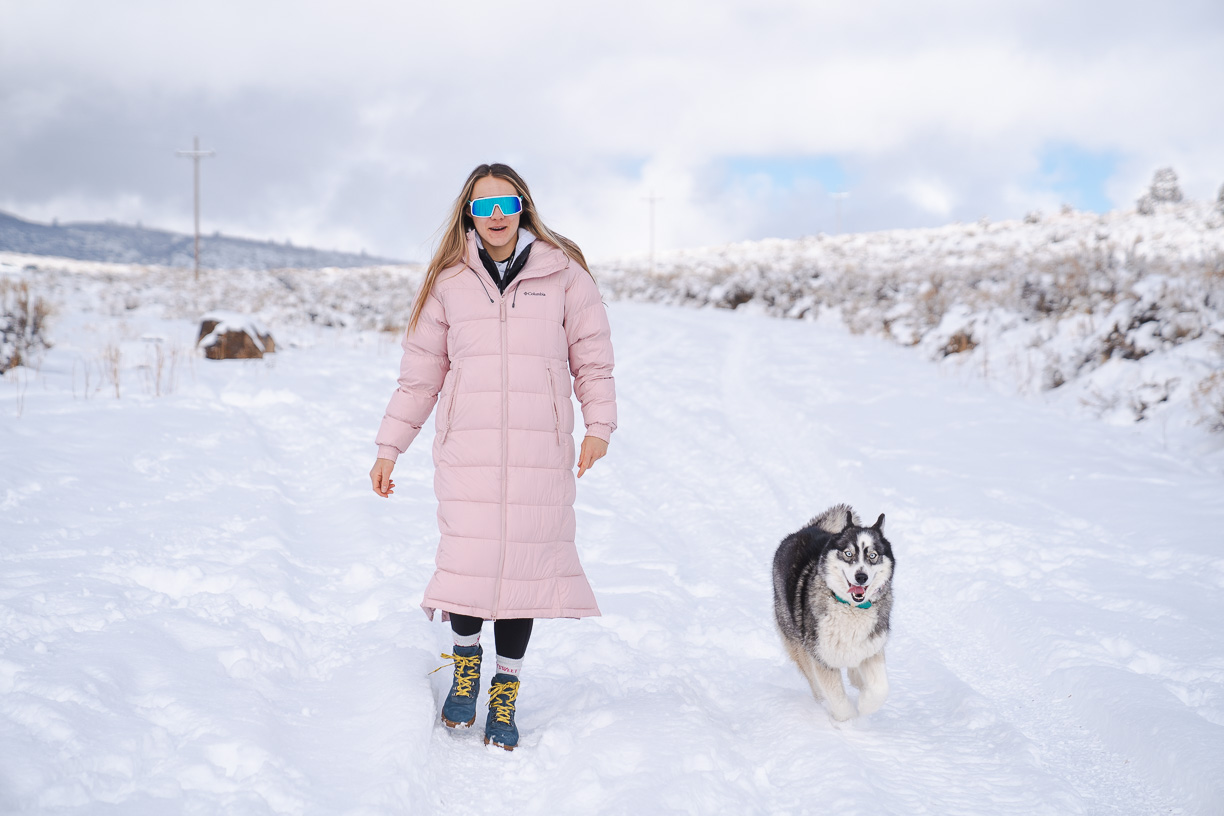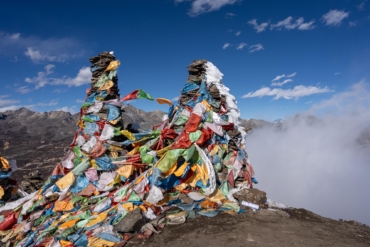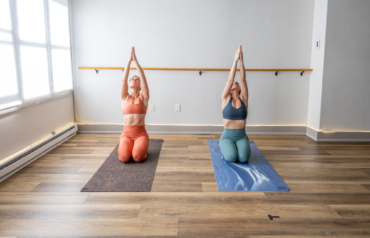By necessity, big wall first ascents are immensely complex. A single route can involve dozens of people, from ground crew to logistics experts to the climbers themselves. Silvia Vidal is the exception to the rule.
It didn’t take Silvia Vidal long to commit to her path of solo climbing. Whether or not she knew it at the time, the profound depth of her self-reliance would come to set her apart as a climber.
At the start of what would be a lifelong adventure, aid climbing grabbed her attention in the mid-’90s. She quickly sought out mentors and learned the ropes.
Aid climbing can be daunting. It demands tons of gear, more logistics, and sometimes even more problem-solving. Almost immediately, the young Vidal decided she belonged on the wall alone.
“I learned how it was to sleep in the portaledge and use the hammer,” Vidal said. “Then, very soon, I felt the desire of going solo.”
Within weeks, she was in Yosemite. After a trial run on El Capitan, she decided to attempt Zodiac (VI, C3) without a partner. And, in her words, “without a clue.”
Thus began the legend of Silvia Vidal. Since then, she’s developed her singular alone-on-the-wall aid climbing style into a crystallized ethic. Weather forecasts, cellphones, and ground contact are all compromises to her. When she launches into a first ascent, she trusts only her skill and intuition for success.

Over nearly 3 decades of climbing, this approach has served Vidal well.
Her gritty first ascents span the globe, often requiring weeks or months on the wall. She spent 33 days carving one recent route, “Sincronia Màgica,” (3,900 feet, A3+, 5.10c) into Patagonia’s Cerro Chileno Grande.
In Alaska’s Arrigetch Peaks, she spent 36 days ferrying over 330 pounds of gear to the base of what would become “Un Pas Més.” By comparison, the route went up quickly: Vidal only lived in her portaledge for 17 days.

Solo Aid Climbing as a Way of Life for Silvia Vidal
Vidal is as famous for her ascents as for her strict “capsule” style: she climbs big walls, ground up with no prior information (terrain, weather, route information, etc.). And once she launches, she’s entirely on her own — no radio, no cellphone, nothing except herself, her intuition, and her climbing ability.
“To go in that style is a way of saying ‘I am really alone,'” she said. “Si voy sola, estoy sola (If I go alone, I am alone).”
The Catalan prefers to climb at her limit. She argues that focused headspace on the wall comes from climbing hard enough that you’re fully absorbed. Near the upper limits of aid climbing capability, precision is vital.
Placements get more and more minute, further and further apart. Executing each one with attention to detail is paramount to safety, especially when you’re alone, on a big wall first ascent, with no contact with the ground and no weather forecast.

She speaks of being completely “absorbed” climbing a pitch, not noticing things around her. So much so that she can’t tell you anything about the pitch once she finishes it.
A ‘Personal Requirement’
“Living in the moment” is a nearly religious oath in rock climbing. Many swear that they take it as gospel, but most violate it on a near-constant basis. Weekend warriors find themselves talking about work at the sport crag; detached dirtbags stew over money worries alone in their truck campers.
If there’s a climber who does live in the moment, it’s Vidal. Place yourself in a portaledge, halfway through a 30-day ascent, a week away from the nearest village, getting rained on. You don’t know when the rain will end, and there’s no way to tell. You can’t watch TV on your phone.
What do you do?
“For me, [solo aid climbing] is connected to my way of being,” she said. “You should need to go alone because if [you do] not — you will give up.”
She calls it a “personal requirement” — a way to experience the full magnitude of an adventure.
Vidal appears fearless, but she’s far from reckless. Planning remote big wall expeditions requires logistics both comprehensive and exhaustive. Big-picture assessments like, “How much aid climbing will it take to get up this wall?” distill down to shreds of minutiae like, “How many locking carabiners do I need?”

Going unsupported, solo, heavily increases the task’s magnitude.
If her demeanor weren’t so calm, Vidal would appear rebelliously independent. Her attitude about training is “anarchic” — for her, any plan or system does not exist. She doesn’t rock climb or run; she just hikes up to long multi-pitch routes and climbs them.
“Why? I don’t know; it’s just the way I operate.”
Silvia Vidal received a special mention at the 2021 Piolets d’Or in Briançon, France. Keep up with her first ascents and motivational talks at her website.








